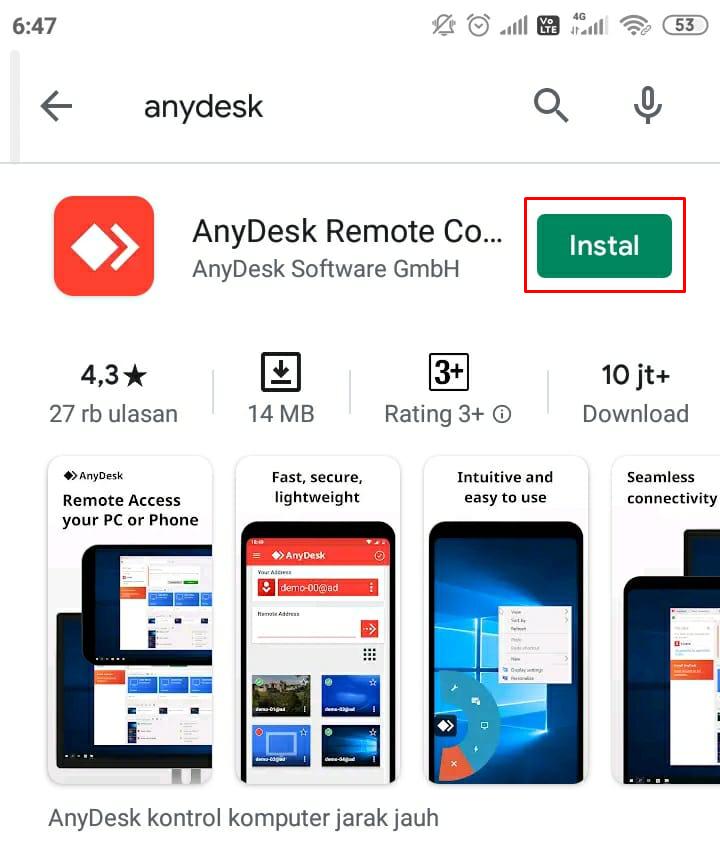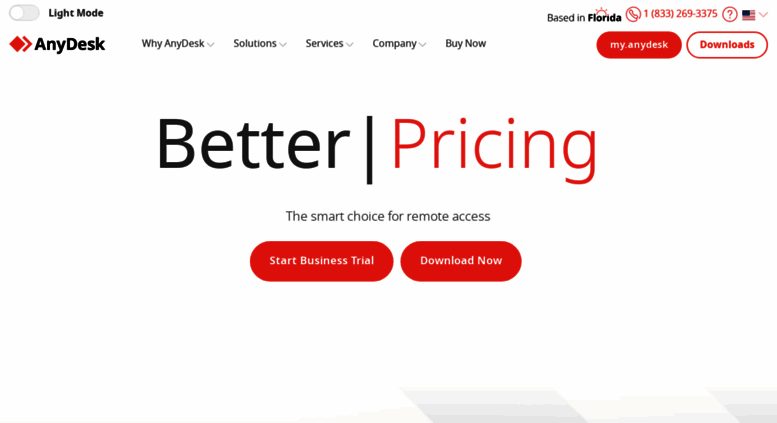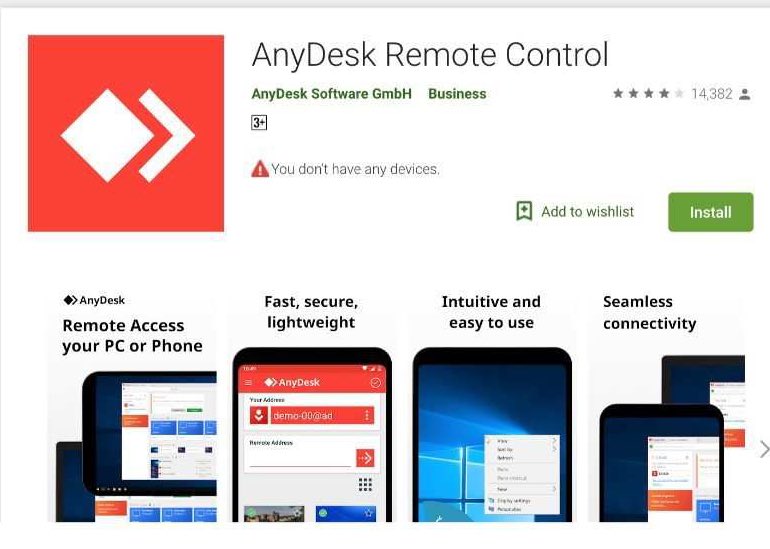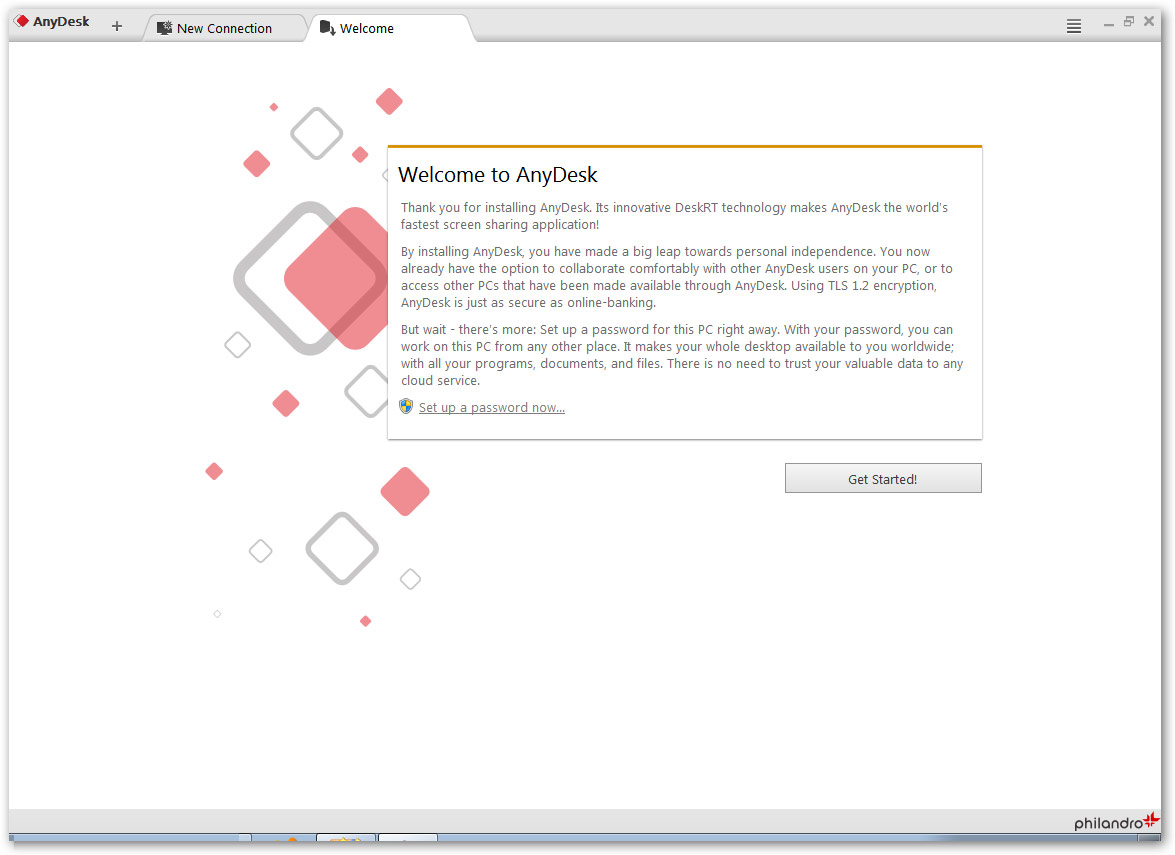
Note: Network drives and UNC paths are currently not supported. While in a session, the File Manager can also be accessed using the Files icon in the AnyDesk toolbar. To start a session in File Manager-only mode, enter the AnyDesk-ID/Alias of the remote device and click “Browse files”. Disabling all options in Settings or in the Accept Window results in a view-only session.Set the permissions of the connecting client.


Click "Uninstall" on the top right corner of the window.To uninstall the installed version of AnyDesk for macOS: Delete the ~/.anydesk-ad_/ and /etc/anydesk-ad_/ folders for custom AnyDesk clients.Delete the ~/.anydesk/ and /etc/anydesk/ folders for standard AnyDesk clients.

Move AnyDesk from the “Applications” folder to Trash.

To uninstall the portable version of AnyDesk for macOS: To set up the required security permissions to receive incoming sessions, please see Security Permissions on macOS. See Installation – Operating-System-Specific Instructions – macOS. Legacy clients for macOS 10.10 can be found here but are no longer supported.īack to Top Installation & Uninstallation Installation MacOS 11.0 Big Sur and newer as well as Apple Silicon devices are only supported on AnyDesk for macOS 6.1.0 and later. System RequirementsĪnyDesk for macOS is supported on macOS 10.11 and newer. Using custom clients, it can be individually tailored to your specific operations. The AnyDesk remote desktop for macOS brings you seamless connectivity and a simple setup. Administrator Privileges and Elevation (UAC)ĪnyDesk for Linux / Raspberry Pi / FreeBSD


 0 kommentar(er)
0 kommentar(er)
